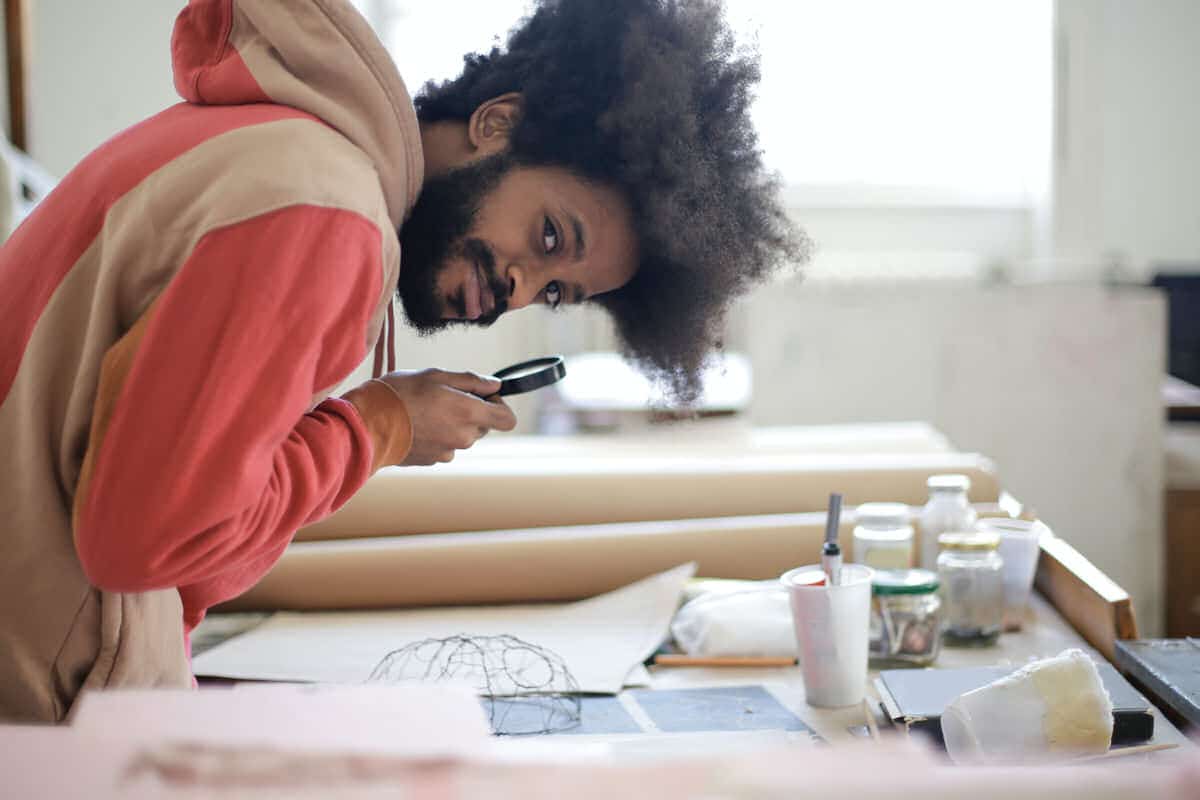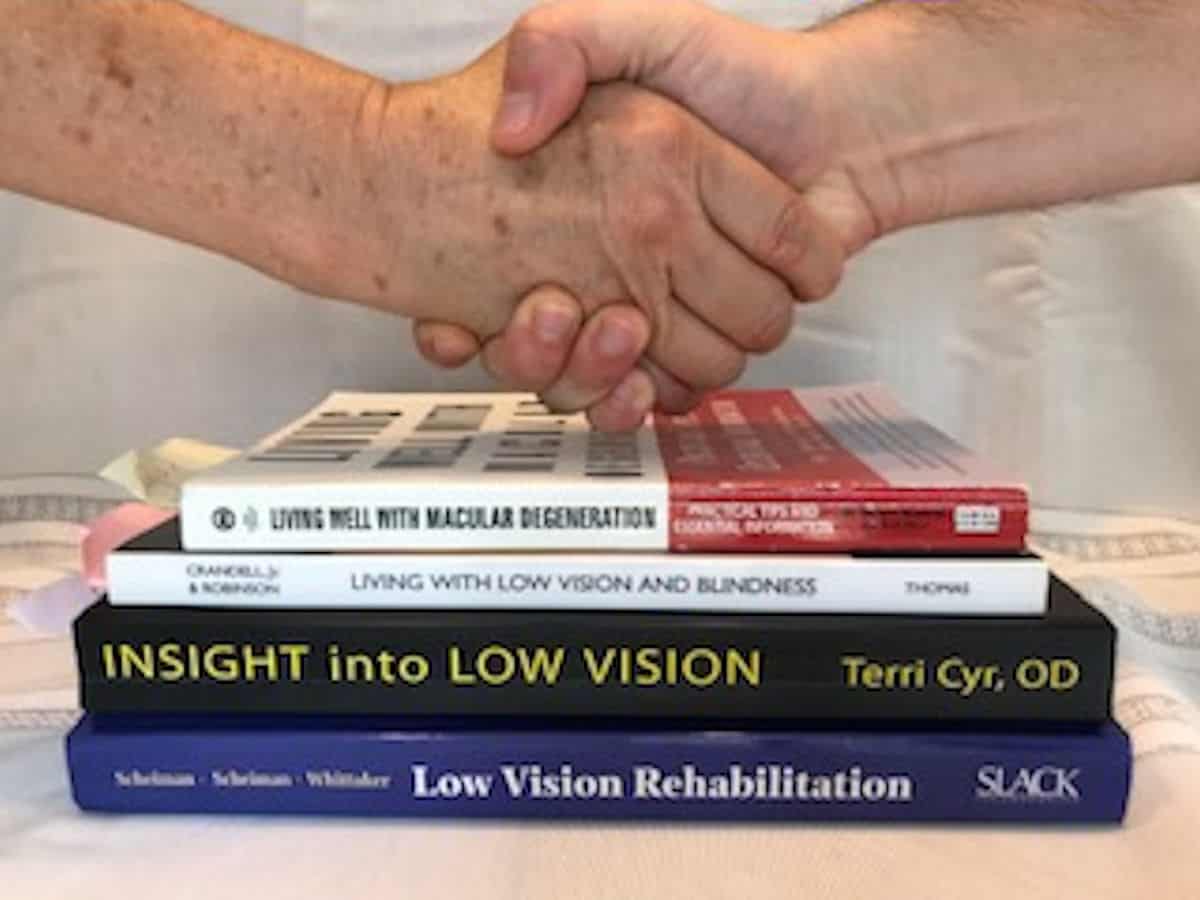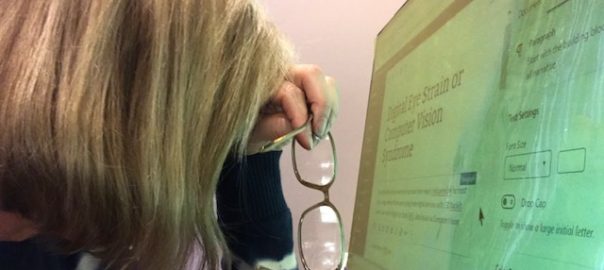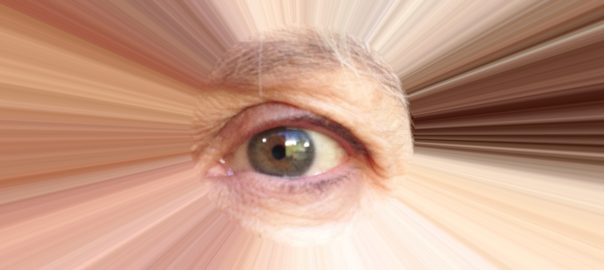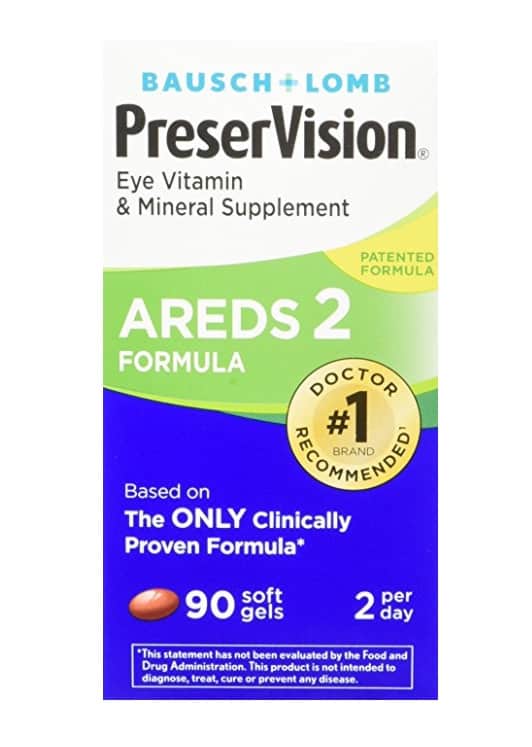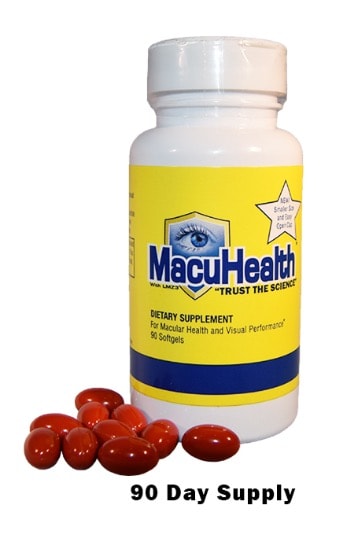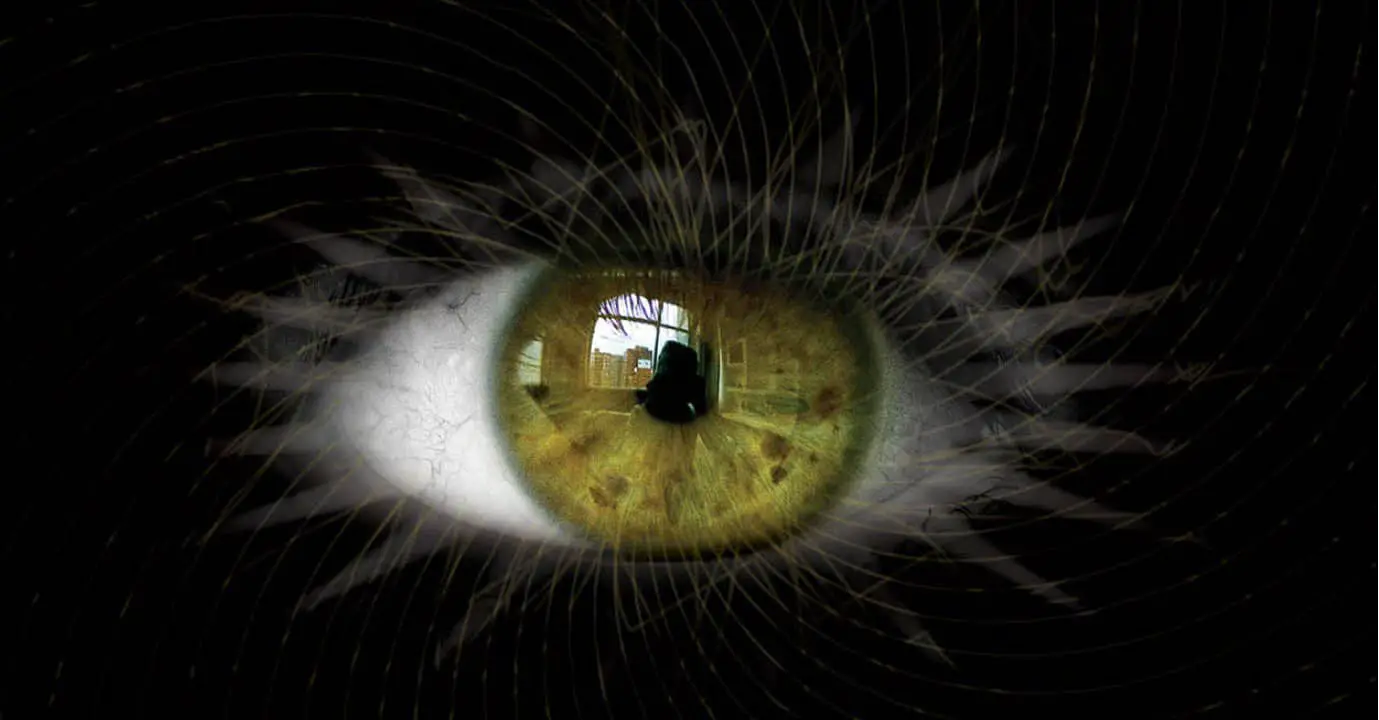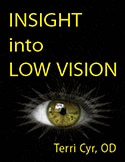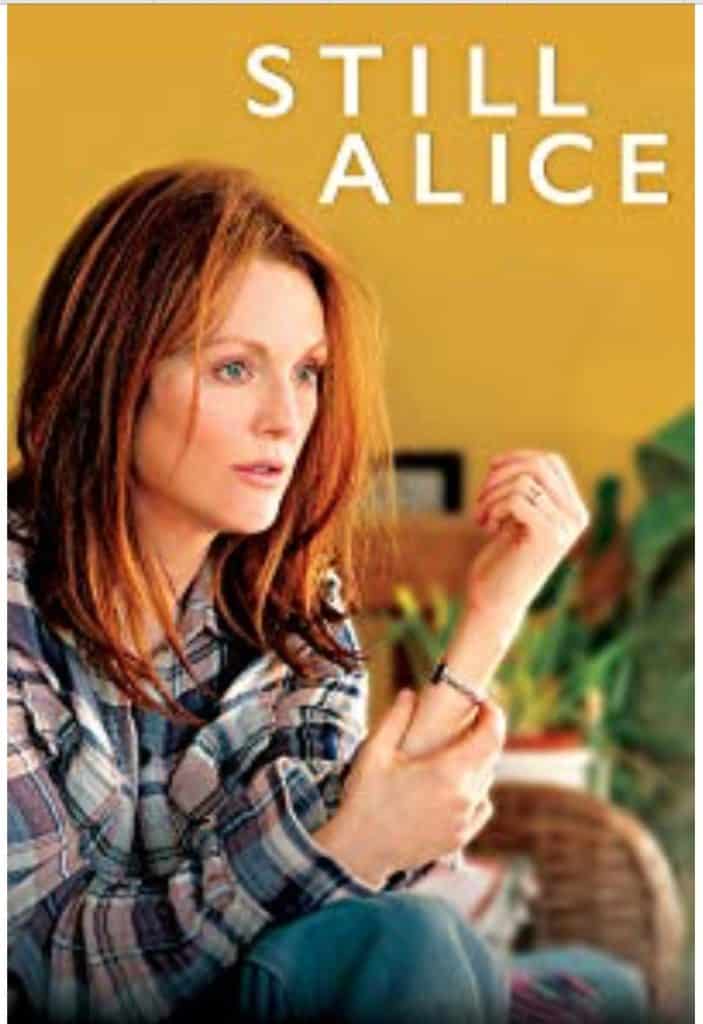Refusing low vision aids most commonly involves the psycho-social hurdles of denial, depression, resistance to change, self image, failure of previous experiences, and cost. To truly empower ourselves, we must confront the psychological and social barriers that hinder us.
Accepting our disabilities, adjusting our lifestyles, and utilizing tools are important steps towards adaptation. The quality of life is dependent on your capability to adapt.
Do you see yourself or a loved one with any of the following limitations?
1. Denial.
They truly believe they do not need any kind of visual aids. The reason why they don’t see something is because it is too small, or it is somehow the fault of the thing they are trying to see. The other reason is the doctor, who they blame for not giving a very good prescription or something is wrong with the glasses. Using a visual aid is admitting they have a disability. There is no convincing them. They would rather give up activities (reading for example), than admit to needing help.
2. Depression.
These are the people who have given up. They are not motivated to learn or to even try. They are not ready to accept the changes and adjust their thinking. They are grieving their losses. Accepting the visual aid is another step to giving in to the disability. Psychosocial counseling is needed to help them move forward.
3. Resistance to New Things.
This is a personality trait. Some people just assume it will be too difficult and they just don’t feel they can devote any brain power to learning something that complicated or challenging. The hope is that they realize that it is not really that tough, and it is well worth the time and effort.
4. Self-Image.
The resistance to using visual aids is a part of their desire to appear ‘normal’. They may find it embarrassing to draw attention to what is different about them, and fears that someone will start asking questions. Using a visual aid will stigmatize them as blind, a perception that can be damaging to the self-esteem.
5. Previous Experience.
While out shopping at the department store, or perhaps given to them by a well-meaning family member, the visually impaired acquire magnifiers. They tried them, and they ‘don’t work.’ Of course they don’t work. Standing in a store, with bright fluorescent lights for two minutes, with what is probably an inexpensive magnifier designed for short-term spotting, is not the way to select a visual aid that can help you adapt. Department store magnifiers tend to be a lower power, and may not be the best optical grade.
6. Cost.
During my career as an optometrist, I was always dazzled by patients that would buy a designer handbag but wouldn’t spend the same amount of money on a pair of glasses that they put on their face every day. I was also puzzled by parents that took their kid to Disney World, but didn’t want to spend a reasonable amount of money on good quality eyewear for the kid. Specialized visual aids are expensive, and you have to weigh cost vs. benefit. This is another reason for getting a low vision evaluation. It gives you the opportunity to get professional guidance through the selection process and allows you to try them out in the office under more normal conditions. This may save you from making a costly mistake.
Those that have Devices and Just Don’t Use Them
In my experience with low vision patients, I’ve often presented them with a range of low vision devices and technologies that have the potential to transform their lives, reigniting their interests in activities they once loved. However, despite initial interest, many of these patients find themselves lacking the motivation to fully embrace these aids. They’ve settled into a life adjusted to their disability, putting their hobbies and interests on the back burner due to the perceived difficulty of adopting new compensatory techniques

Take, for instance, someone who quilts may need to use a magnifier positioned between their eyeglasses and the needlework. This arrangement may require them to hold the needlework at a closer working distance. They may need to set up better lighting for both the chair they sit in and increased lighting and magnification for their sewing machine. They may need to learn new compensatory techniques for cutting fabric. All of these adaptions require the purchasing of new tools and learning how to use them. (FYI, here is a good article on quilting techniques for Low Vision.)
So, what sets apart those who persevere and those who give up? Motivation plays a significant role. Are individuals willing to invest the time and effort required to learn new methods? Generally, younger low vision patients are more open to learning and adapting, while seniors may struggle more with the idea of making significant adjustments.
Furthermore, the concept of secondary gains can impact motivation. Some individuals may find it challenging to see the immediate benefits of adapting to low vision aids, which can dampen their drive to make changes.
An essential aspect of accepting and utilizing low vision aids is adequate training and reinforcement. Providing a refresher course on how to use a device can make a substantial difference. I’ve encountered patients who, after initially receiving a device, return for follow-ups only to discover they’ve forgotten how to use it properly or are not utilizing it to its full potential.
Additionally, the perceived usefulness of a low vision device is crucial. Video magnifiers, for instance, have revolutionized magnification. However, if a video magnifier is cumbersome to handle or offers too small a visual field, it becomes ineffective for tasks like reading a newspaper. The selection of low vision devices should be personalized to the individual’s needs and tasks at hand.
Understanding Those Who Refuse to Use Low Vision Devices
It is important to understand that the type and extent of vision loss can greatly influence an individual’s willingness to adopt low vision aids. Those with central vision loss, such as macular degeneration or Stargardt’s disease, often respond well to low vision adaptations, especially magnification.
Conversely, individuals with other forms of visual field loss, like glaucoma or retinitis pigmentosa, may struggle more with adaptation and will not find traditional magnification devices as beneficial. This diversity highlights the necessity of tailored guidance from low vision specialists and therapists in selecting appropriate aids. (Ref: Abandonment of Low Vision Devices in an Outpatient Population  .)
.)
Helpful guidance in the selection of low vision devices by low vision specials and therapists is important in that respect. The trial-and-error technique of finding helpful devices or expensive gifts from well meaning loved ones, is not the solution. Trying devices and techniques that ‘don’t work’ is frustrating and leaves the individual with a sense of hopelessness.
Understanding the needs and expectations of those with low vision is paramount. Vision loss is not just a physical challenge; it’s deeply emotional. The reasons behind refusing low vision devices are primarily psychological, with cost being an exception. Much of the resistance stems from a lack of knowledge and experience, coupled with a negative self-perception.
Therefore, it’s important to approach the issue with empathy and a willingness to educate. By addressing these emotional and psychological barriers, we can help individuals with low vision overcome their resistance and embrace the tools that can significantly enhance their quality of life.
In the End…
The challenge of unused low vision devices often stems from a combination of factors: motivation, adequate training, and device suitability. Overcoming these challenges requires a willingness to learn, ongoing support from professionals, and careful consideration of device selection. By addressing these barriers, individuals with low vision can unlock the full potential of these aids and enhance their quality of life.
It is hard to fail, but it is worse never to have tried to succeed.
Theodore Roosevelt

